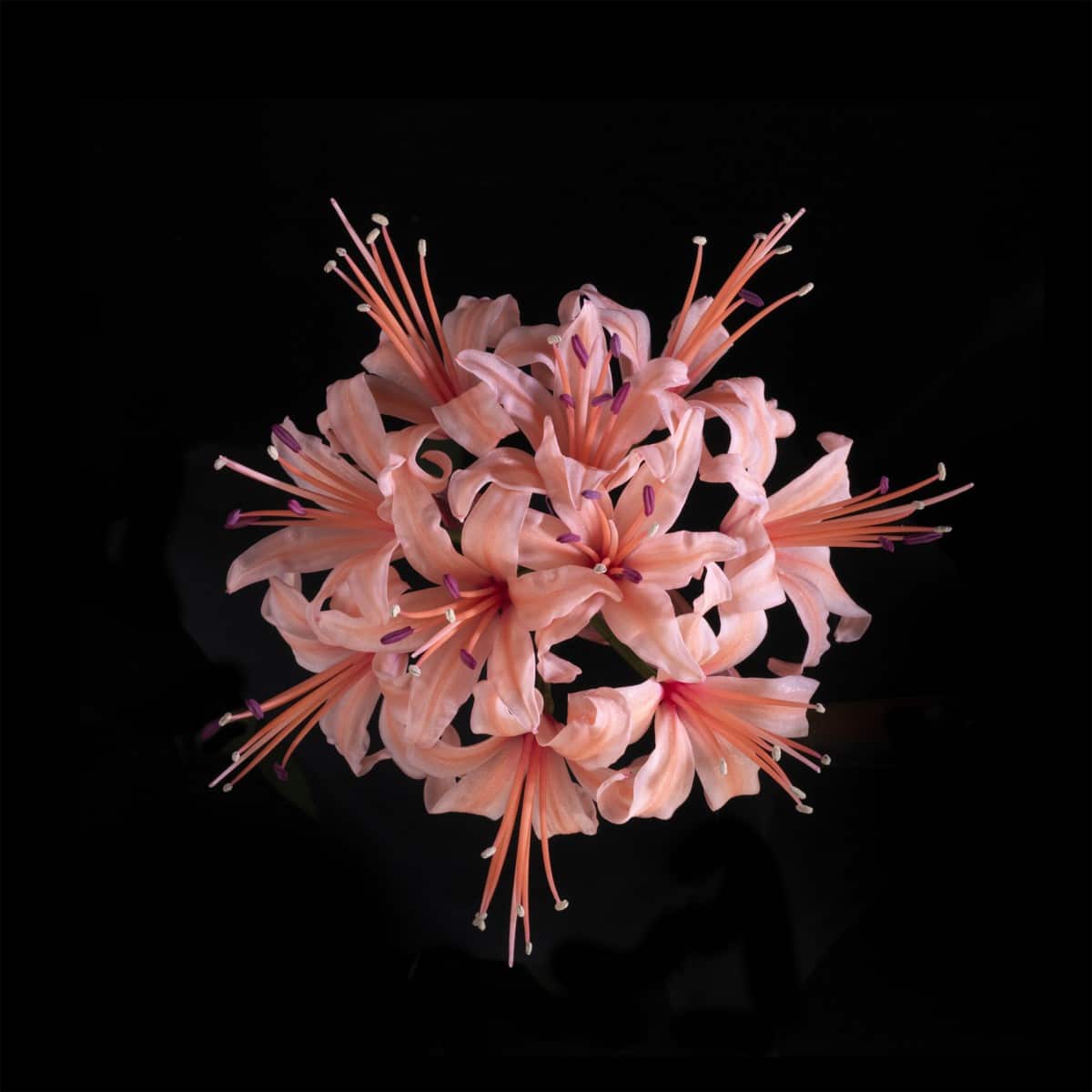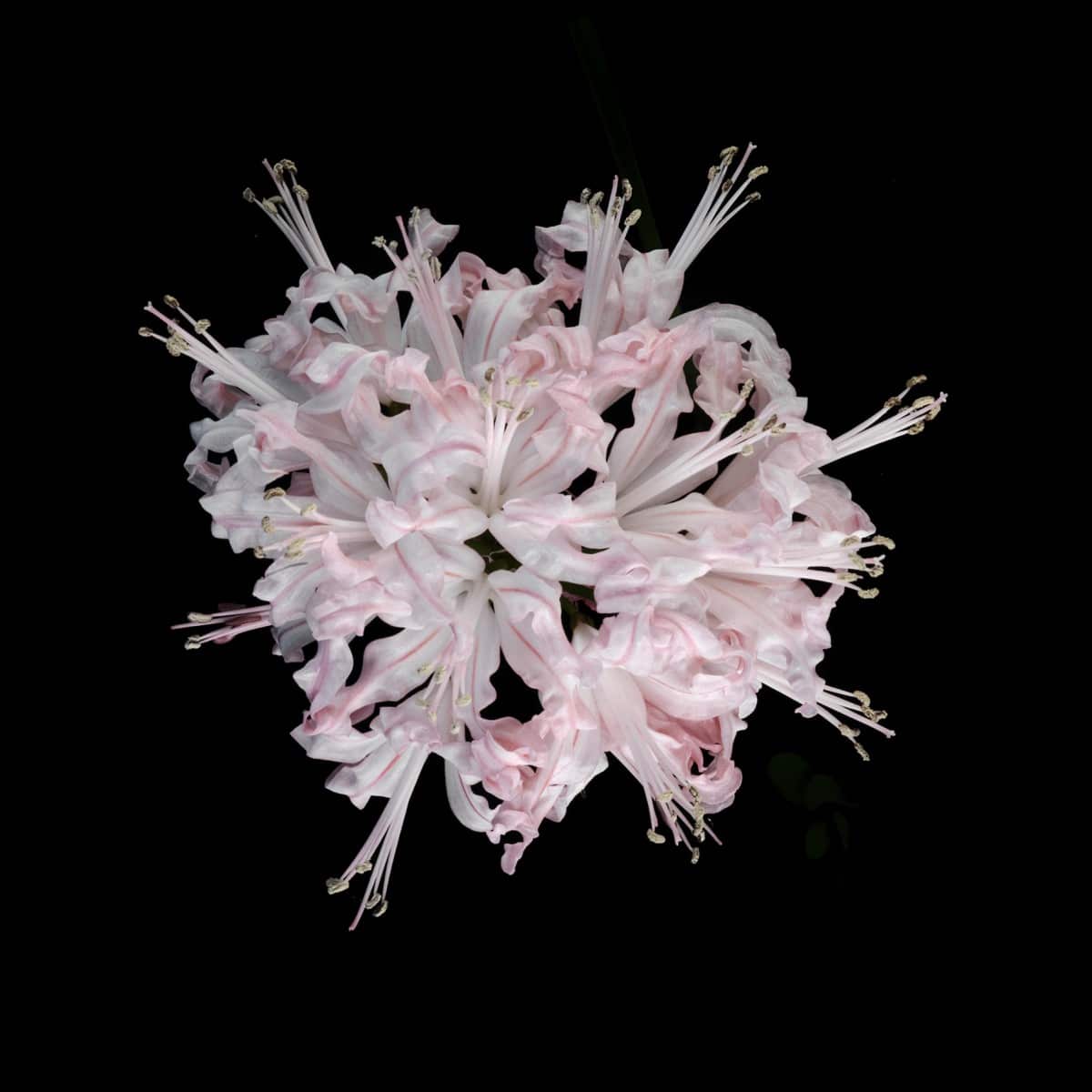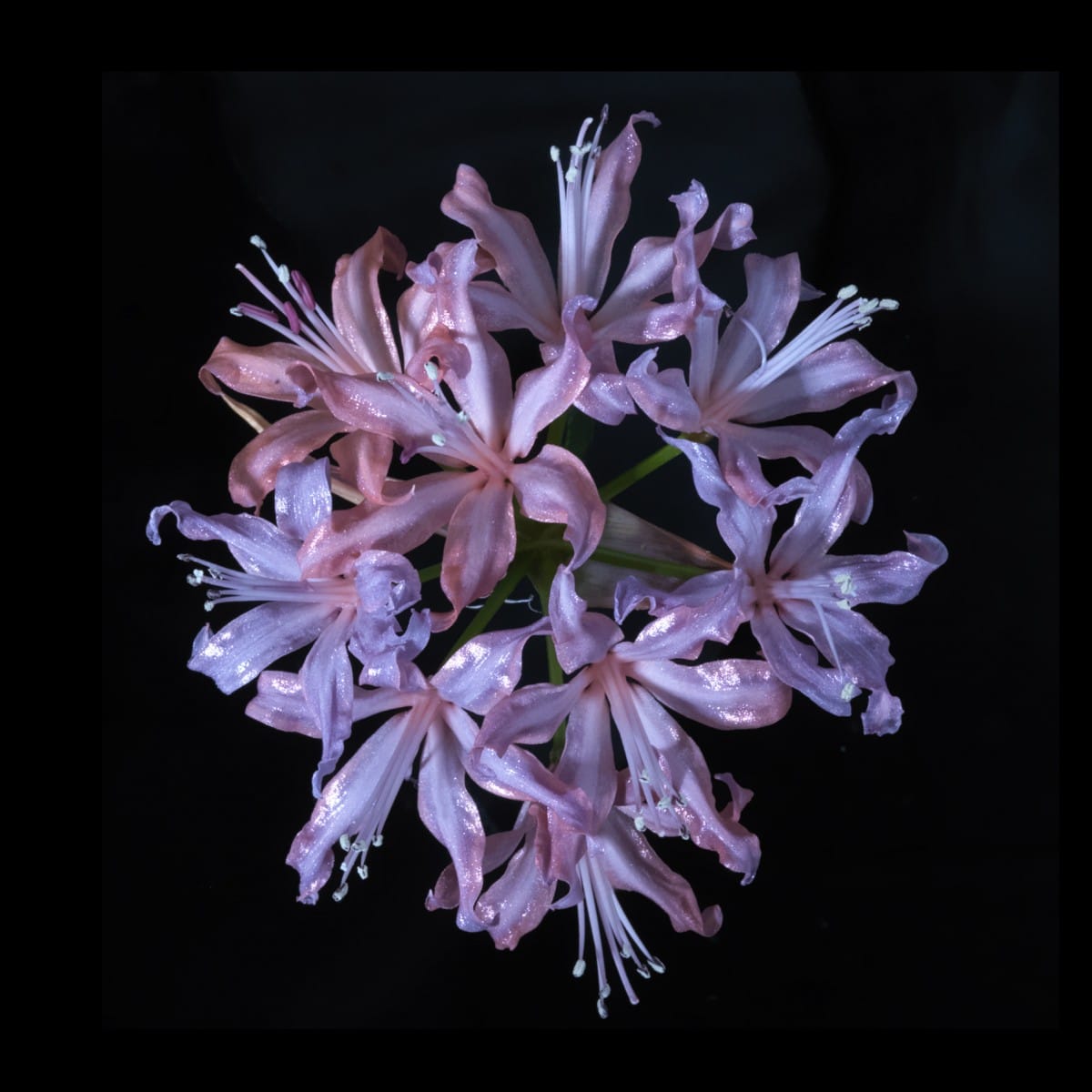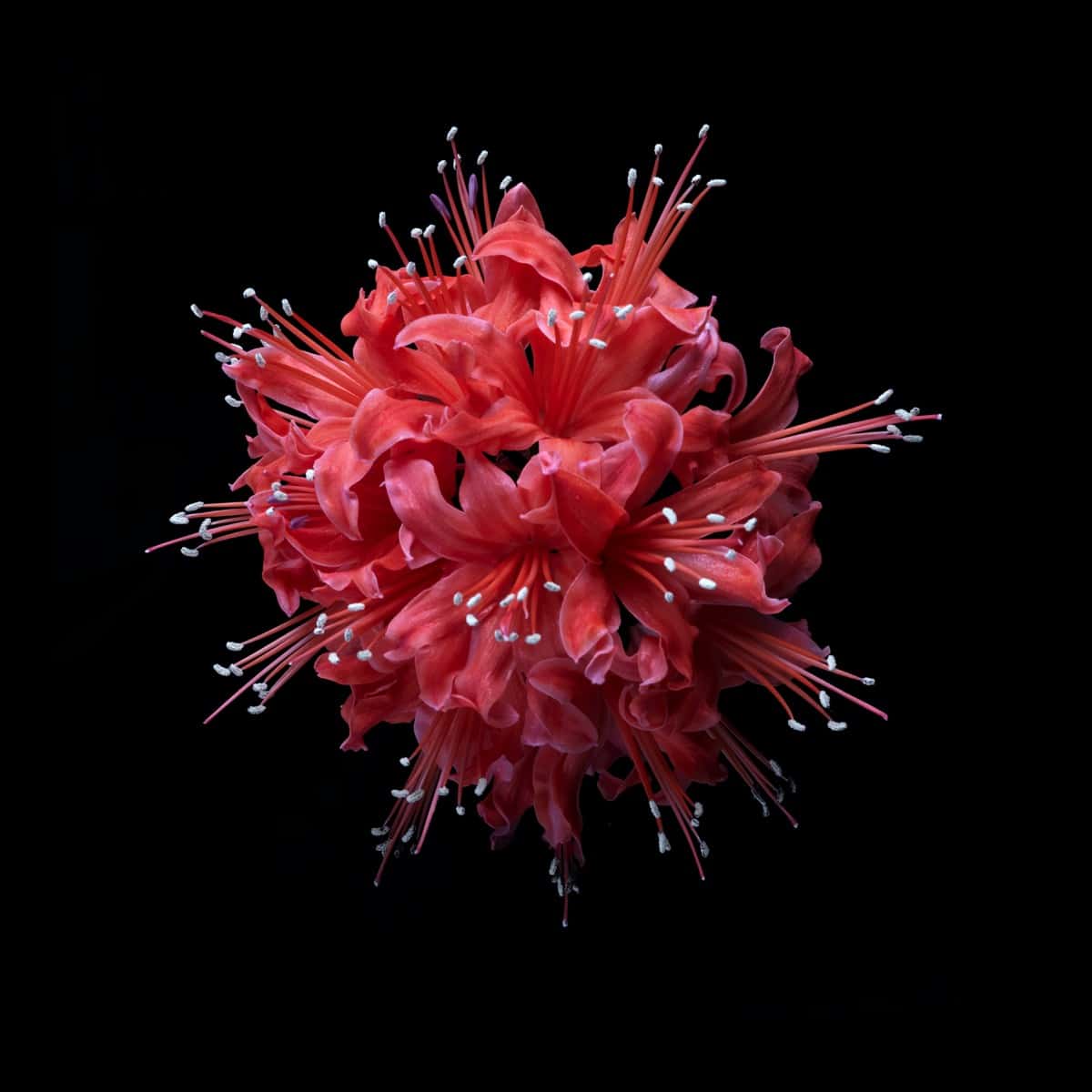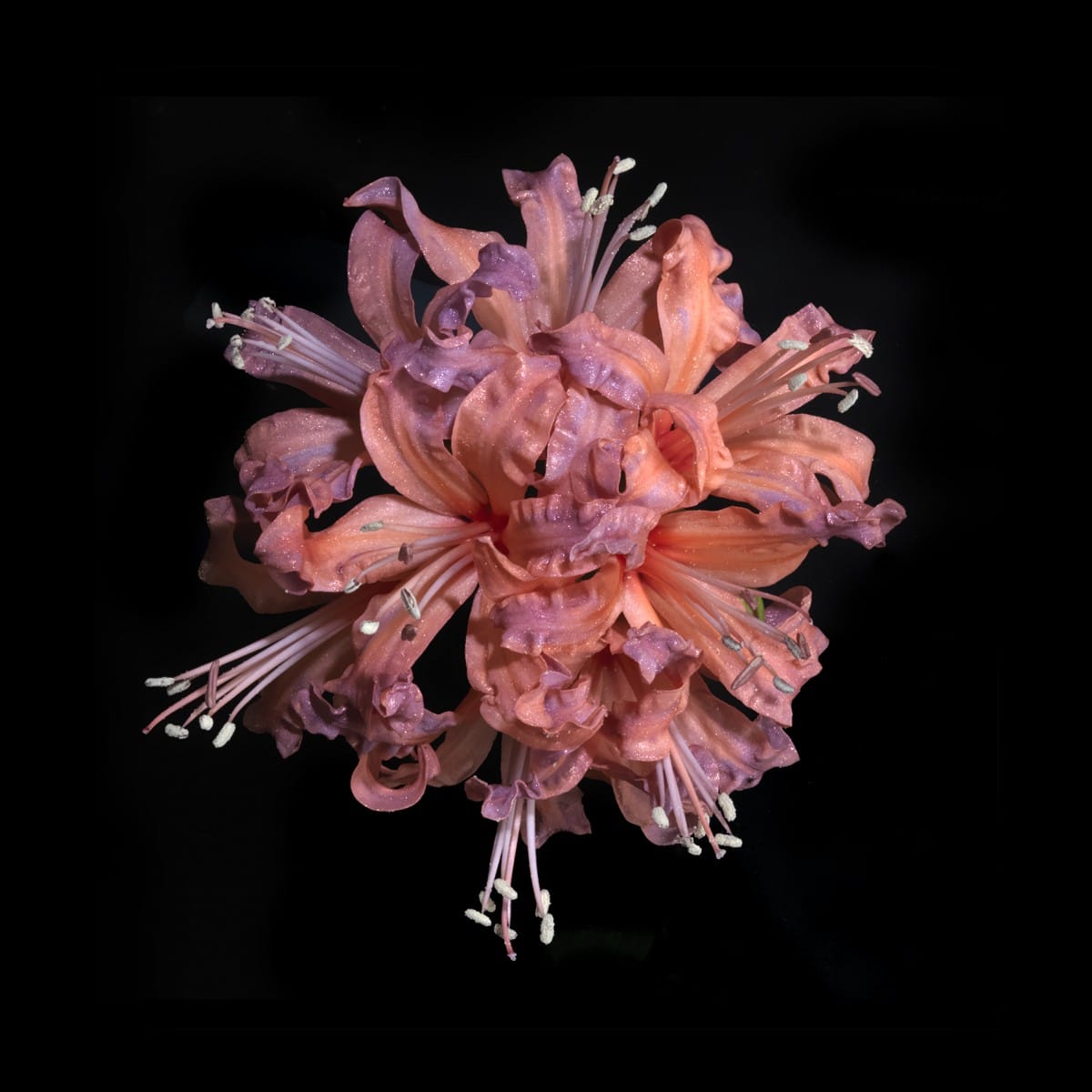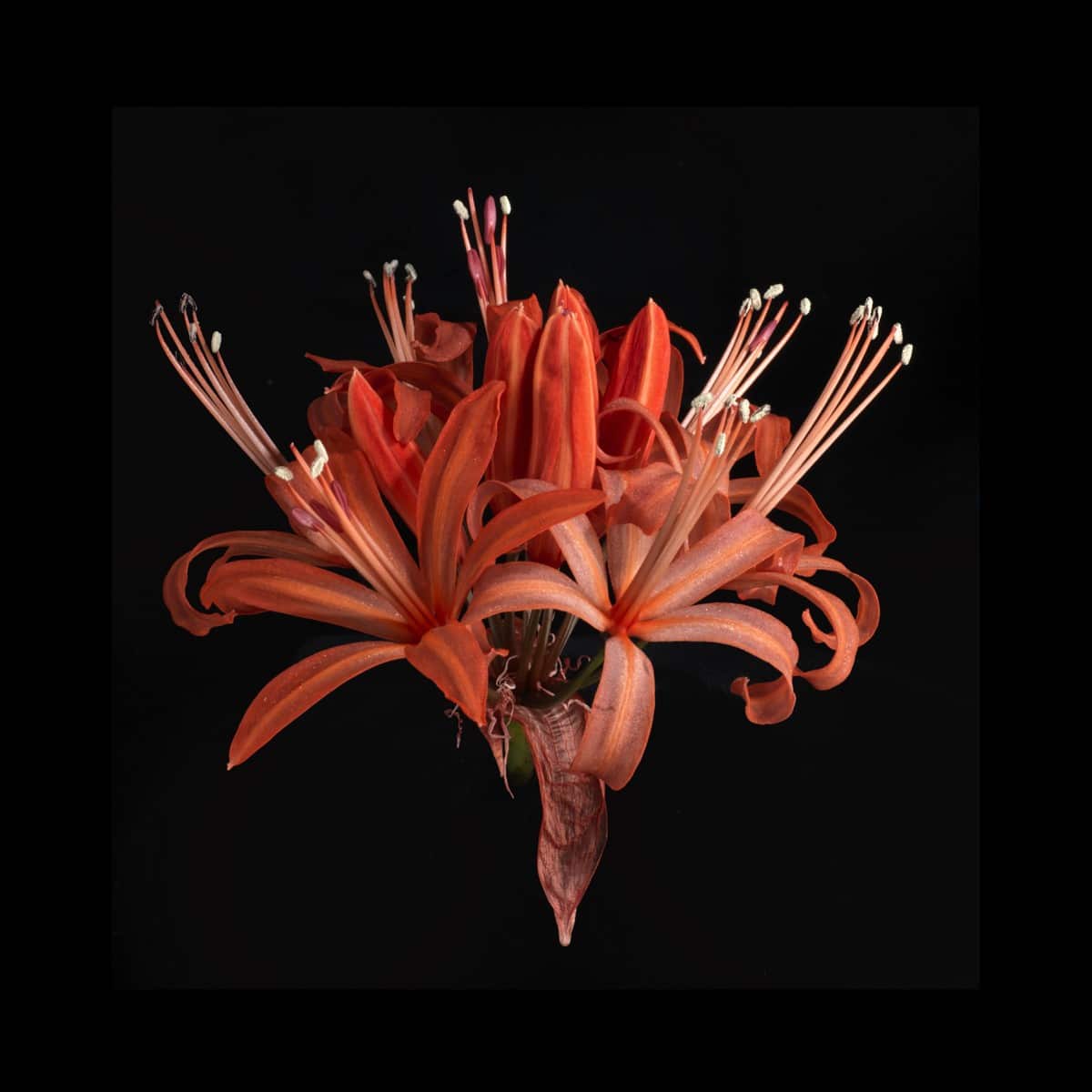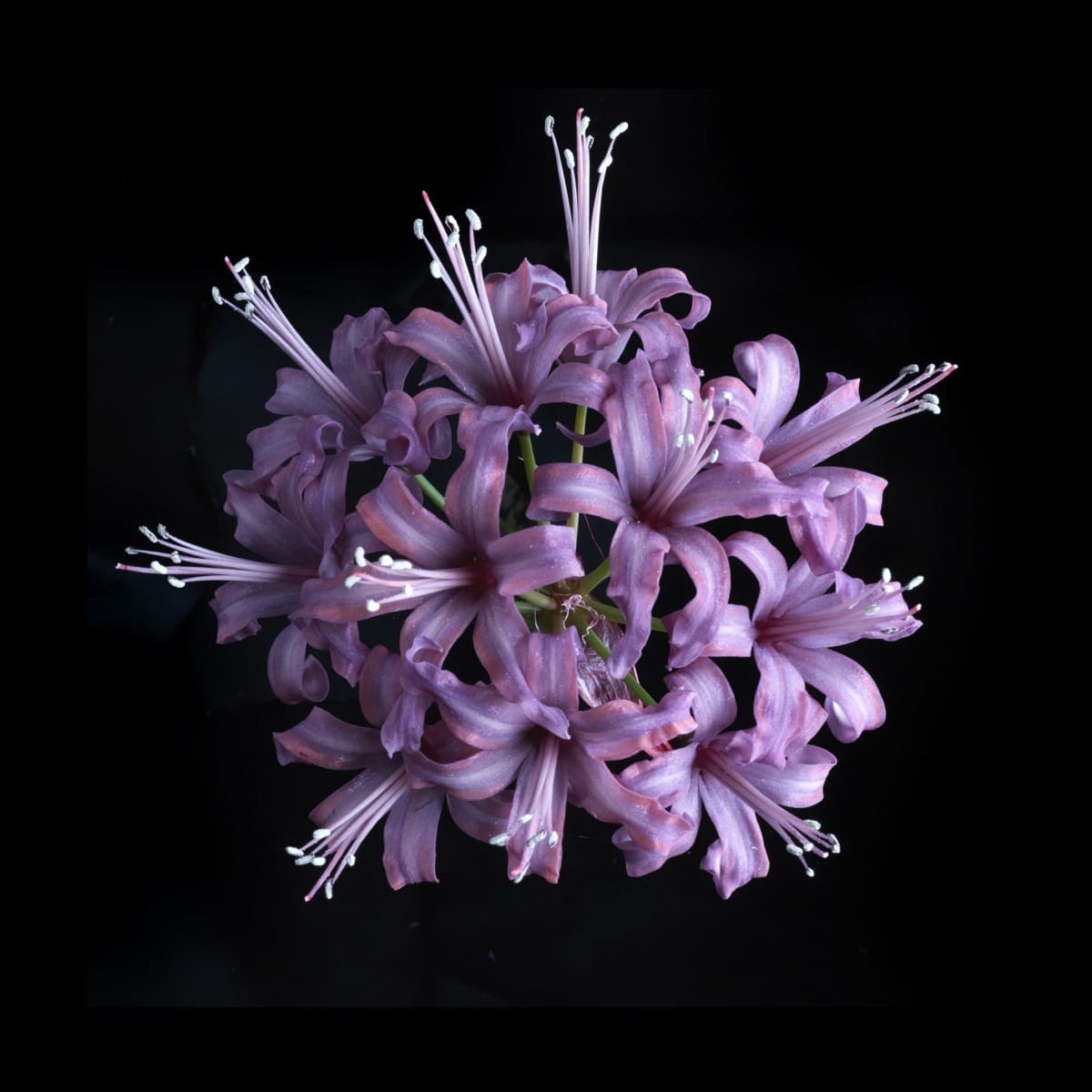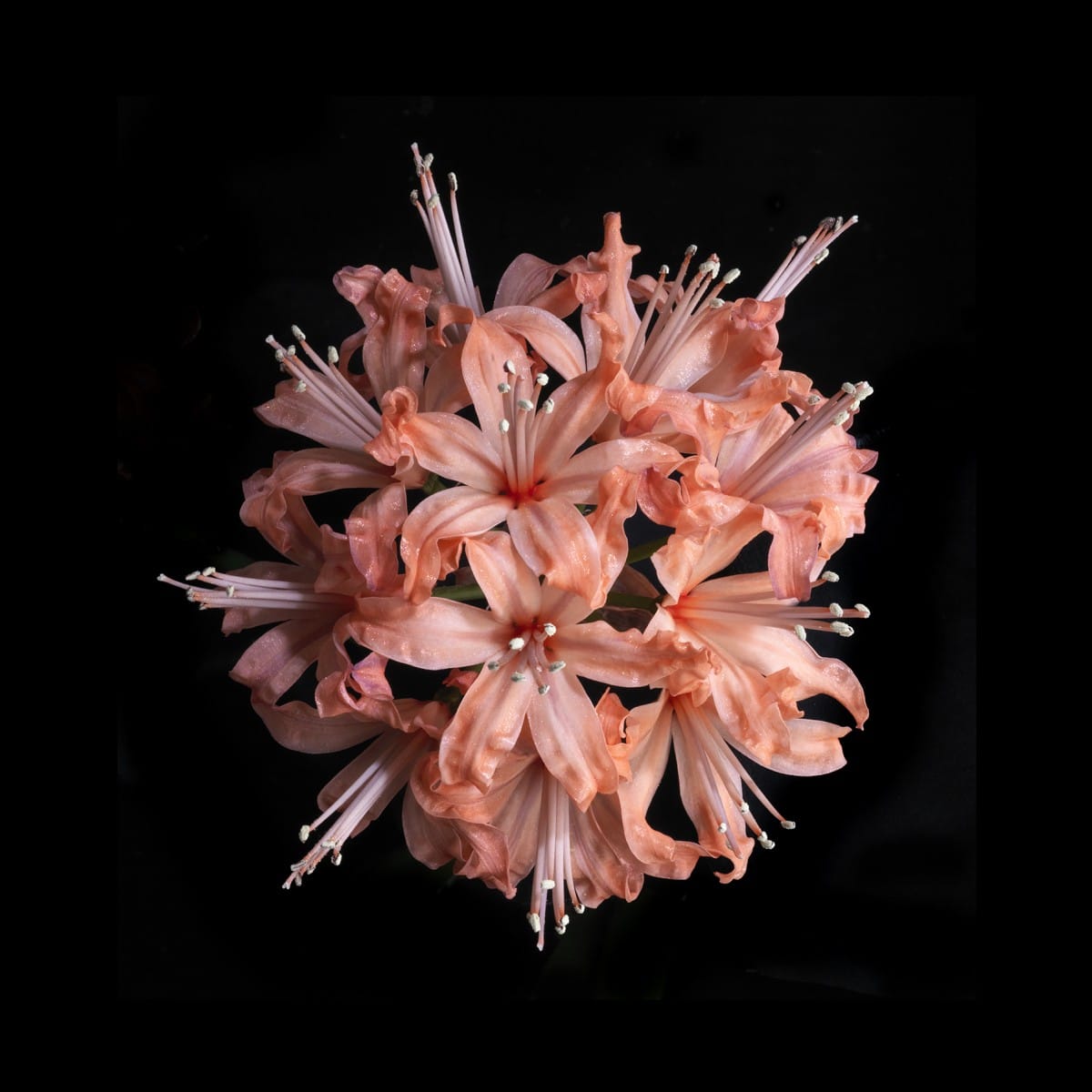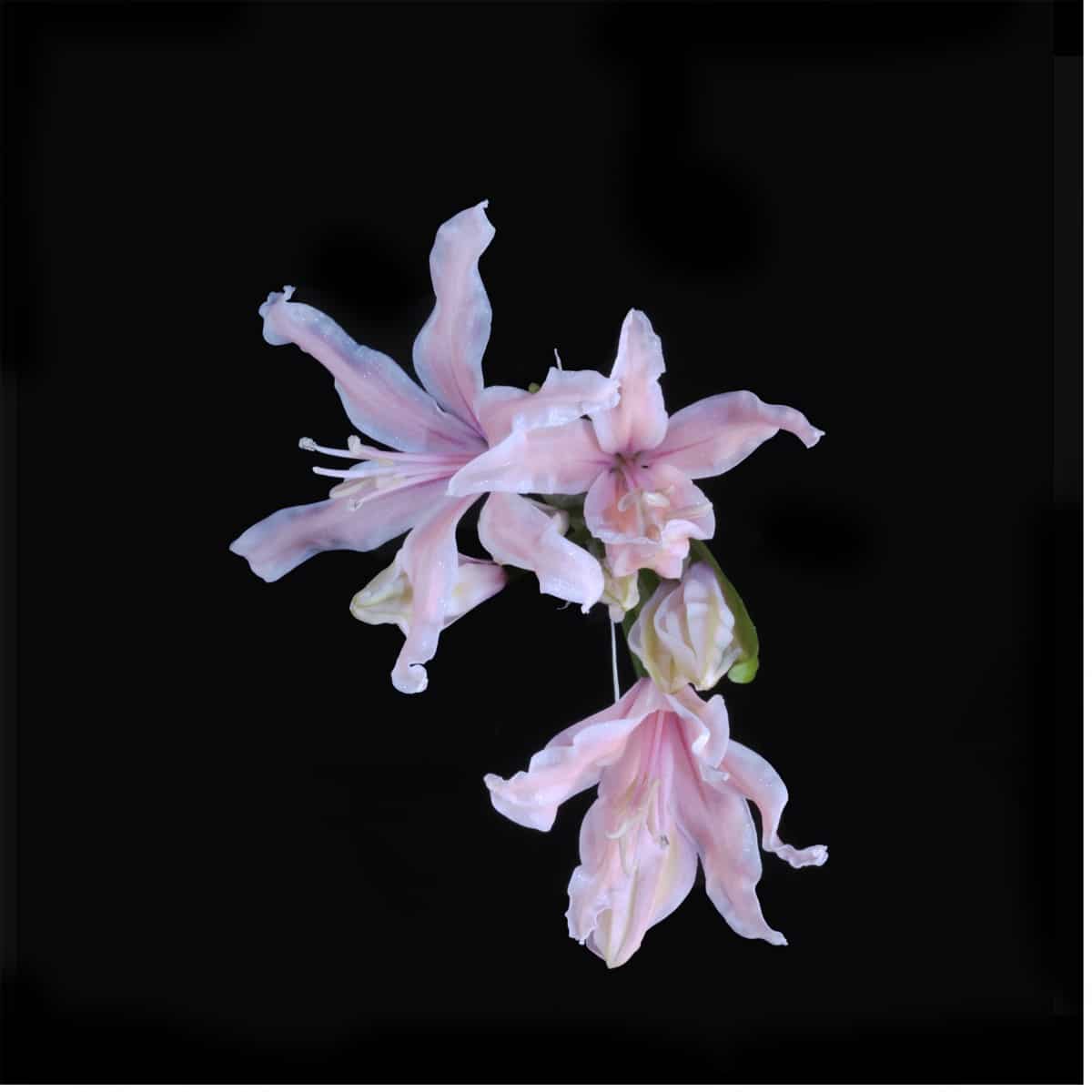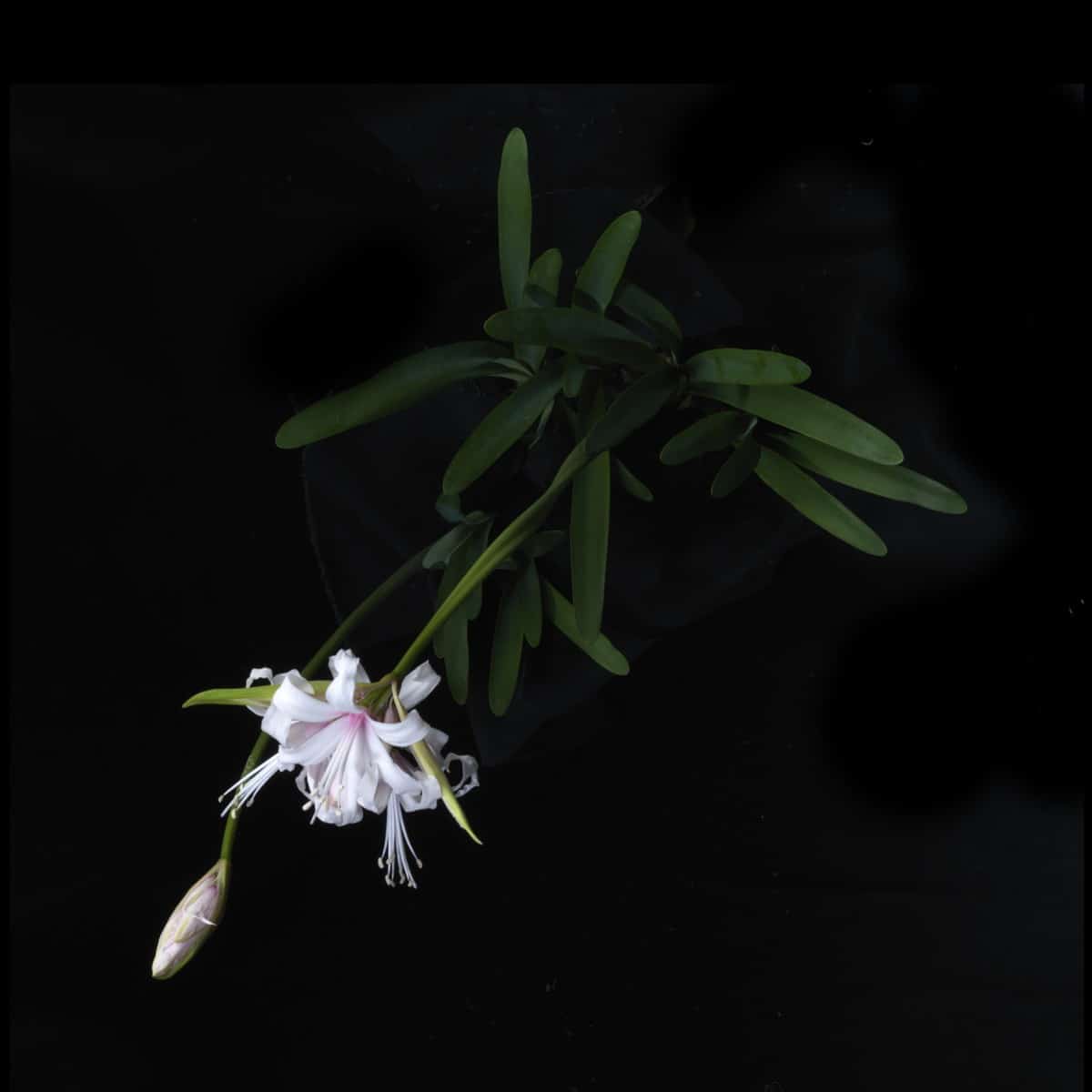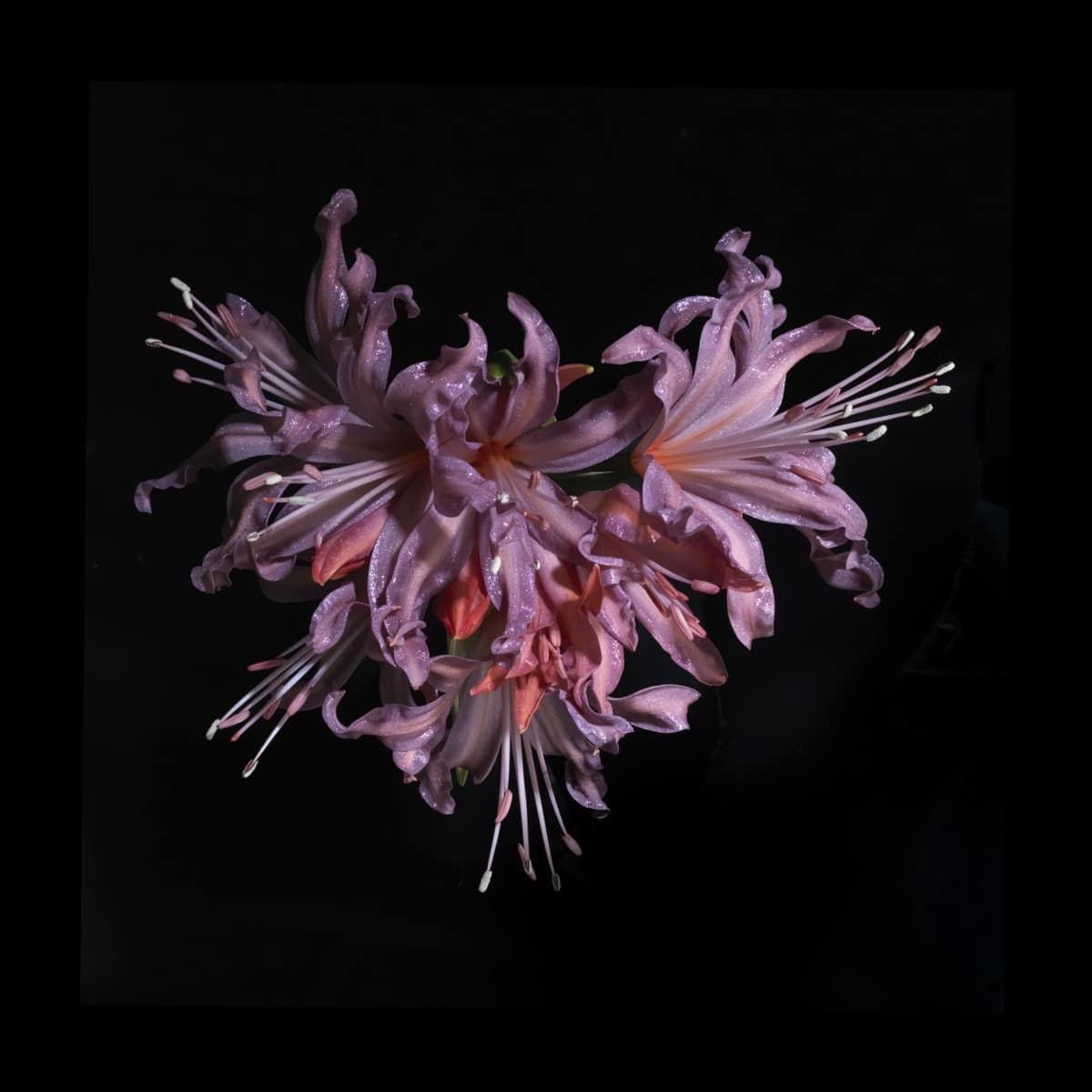This journey starts with a trip in 1995 around Italian churches painted by Giotto. At the Basilica de San Francisco in Assisi I was amazed by the elaborate chocolate-box style of geometrical designs adorning every facet of the church. What impressed me was the equal weight of patterns to frescos in the church. It seemed odd, therefore, that only frescos could be seen on the postcards and in the illustrations of the tourist books.
As no cameras are permitted inside, I was forced to draw the patterns in order to record them. In drawing, I realized the incredible internal logic of the patterns – how one grid could contain so many varieties of shapes based only on the emphasis of colour and scale. This suggested an esoteric meaning far deeper than the initial impression of “decoration”. I simultaneously discovered the intelligence and intricacy of patterns and their subjugation in Western art.
A year later, I visited Dublin and went to Trinity library to see the Book of Kells. I was spell bound by the everlasting lines in Celtic knotwork. Again, the illustration of the book appears equal to the narrative; only this time the narrative is in words, rather than pictures.
The plaits used by the monks to form the knotwork seemed to refer to 3D sculptural objects, as much as 2D graphic signs. I researched the relationship between 2D and 3D within patterns and discovered the enormous influence of Arabic patterns.
In Arabic art patterns were used to store information. The decimal system we use did not appear as a standard until the eighth century A.D. Before this time, the scale from one building’s plan was used to create another building by referring to the geometric patterns. Perfect interrelationships between the parts and the whole of the composition were attained irrespective of mode, form, or scale of expression. This universality was consistent with the Islamic belief that all creations are harmoniously interrelated.
I started to get seriously interested in one particular symbol that seemed to constantly reappear in my doodles – The Flower of Life. I discovered that the symbol is considered to be sacred among many cultures around the world, both ancient and modern. The symbol can be used as a metaphor to illustrate the connectedness of all life and spirit within the universe.
The symbol of a flower formed of interconnecting circles appeared over and over in the patterns I saw and increasingly in my own doodles. I found infinite ways of using this symbol to form compositions, both loose and geometrical. I wanted to capture the sculptural element that I had noticed in the Celtic knotwork, Arabic geometrical patterns. So I started to try making moving lines using the camera. I photographed these in the dark, using my mobile phone. I had already started to scan in the drawings and work them into repetitive patterns.
This experimentation continued for several years without any particular direction. I drew the flower symbol wherever I saw it: on the feet of a Buddha statue in the V & A, on Minoan pottery in Knossos, in scientific drawings describing the separation of cells as a human egg is fertilized.
It wasn’t until I casually happened to notice 17th Century Dutch flower paintings in the National Gallery that it occurred to me to bring the symbol of the flower, the geometrical image, together with the actual flower. At first I thought I was starting a whole new project. I wanted to recreate the lighting conditions of the paintings and try to make my own Dutch Flower Painting photographically. The originals were an incredible fabrication: flowers from different continents and seasons were brought together into a fictional vase. Arising out of a scientific tradition of botanical studies, Dutch Flower Painting made full use of the season of a flower and most showed flowers at different stages of life, from opening, blooming, to wilting.
I went into the studio to try to I started to try out different stuff – daylight, arrangements of different kinds of flowers and shooting from different angles. I started to think about what flowers meant to me: why was I photographing them? I thought about the nature table at school – vases of flowers in may for the Virgin Mary, how roses reminded me of my mother – how flowers manage to remain present, when so many other connections to nature have been lost.
Then something happened – I was in the process of photographing a vase of pink peony roses when I heard that a good friend had died. I stopped what I was doing to travel to his funeral. When I got there I found the same bunch of pink peony roses in the room where he had died. These beautiful strange anomalies of nature – the results of millions of years of plants evolving to the needs of bees and other insects, had found their way to the centre of our lives.
When I came back from the funeral, they had started to open. I started to photograph them, but it wasn’t enough. So I started to move the vase and photograph them over and over. And so multiple exposures became part of the process. I really got interested in the effect this turning had on the flowers. So I played around with individual flowers and vases of flowers. I tried to hide the vase and to really look at each flower as a drawing.
Moving the flowers seemed to free me from something I had been struggling with; their perfection in stillness. Using movement within the frame, let me look at the flowers less as sculptural objects, more as living beings, alive with kinetic potential and changing before our eyes.
From here it was a short step to think of composing patterns based on my kinetic drawings using the flower studies. Bringing these two disparate elements together felt like a union between two traditions, normally separated; the narrative and the decorative. This final step: the bringing together of the geometrical patterns and the photographic images was the hardest one to take. There were and still are many false starts. I had to learn how to use the visual rules of photography to create illusions that would convince the eye. Patterns that are too repetitive, I discovered, are not interesting to us – the brain reads artificial symmetry very quickly. To keep the attention of the viewer I needed a loose approach to create something ordered, yet natural looking. Something like a garden then…!
It occurs to me that the drawings of many formal garden designs are very similar to the designs of Persian rugs. Indeed, the square near where I live is rumoured to be based upon a Persian rug. And the highly decorated pages of the book of Kells are described as “Carpet pages” as they were influenced by Persian carpets. The cross pollination of decorative traditions over many centuries is deeply embedded in this work. Photography may be a new medium but the subject remains the same: nature and our control over it.
I’ve always loved the quote from Joyce’s Ulysees, “There’s nothing new under the sun”. There is, in fact, so little in the world that is genuinely ‘new’. So what a joy it was to document and witness the unfolding drama of the Rothchild nerines collection this autumn. In a greenhouse the size of a large field, thousands of bulbs sit dormant, sometimes for decades at a time. Then every year some of them send up shoots with astounding blooms. Unlike any other flower head I’ve seen, these blooms actually dazzle. The structure of their cells is multi-directional, creating what looks like glitter on the surface of their petals.
With more plants at Exbury than in the rest of the world put together, the possibilities for innovation are limitless: cross pollination happens randomly and the results, sometimes only visible years later are a wonder. New varieties are born yearly, each with its own name and place.
My job at Exbury was to collect images for a forthcoming commission based on my Floriculture series for Lionel de Rothschild, one of four siblings who live on the estate and manage Exbury Gardens, which are open to the public. I set up a studio in the Exbury estate offices and went on a daily survey in the greenhouse to see which flowers had bloomed in the night. The colours range from whites and light pinks to deepest purples through fuschias, oranges and violets. Sometimes colours are combined in fantastical arrangements. Every day was a dose of colour therapy as I walked between rows of abundant blooms.
The studio was an informal affair – three studio lights and a Hasselblad camera. I used the exact same lighting set up as for the original Floriculture pieces from The Instant Garden series. Flowers were shot from budding to drooping, and these new images are the results.

